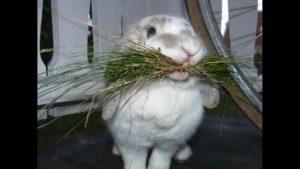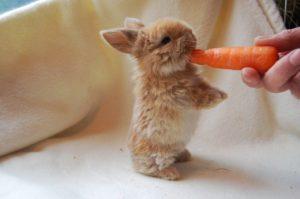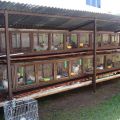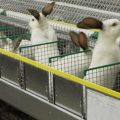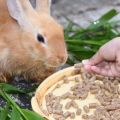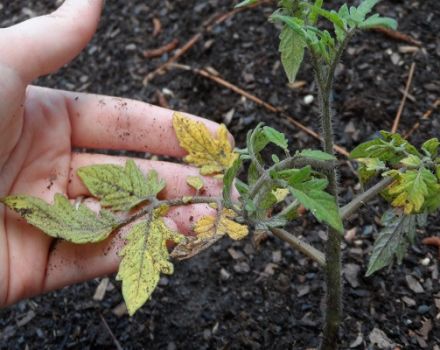The nuances of keeping rabbits in cages, pros and cons for beginners
Keeping rabbits in cages is especially convenient for novice breeders. This method differs from the techniques that are used when keeping animals free-range or in enclosures. The cages are set up in personal plots using ordinary building materials. Keeping rabbits requires owners to create the necessary conditions and follow the rules.
Pros and cons of cellular content
Cage keeping is the most popular type of pet care. Experienced breeders believe that building growth helps protect rabbits from infection with a variety of diseases that affect this species.
Cellular content has advantages and disadvantages.
What cells should be
Cellular maintenance implies the use of specially made blocks that can be outside in the warm season or located on the territory of buildings when cold weather approaches. Types of blocks for rabbits are conventionally classified according to several criteria:
- for young animals;
- uterine type;
- for adult rabbits;
- during the resettlement of males.

The best option is the manufacture of a "two-room house", when the cage is divided into 2 parts by a partition.On the right there is a play area with a feeding trough and a toilet, on the left they free up space for bedding and free movement.
Optimal dimensions
The cages are made according to standard sizes, where the height of one block is 35-40 centimeters, and the length is 1 meter 20 centimeters. At the same time, breeders who make their own cages prefer to change the length and height depending on the purpose of the block:
- for adults: 140 by 60 by 50 centimeters;
- for rabbits: 200 by 100 by 35 centimeters.
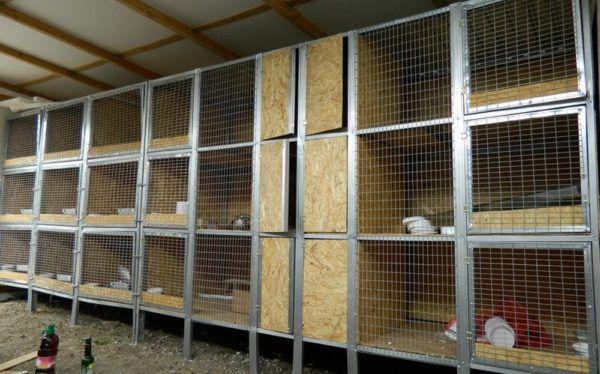
Where to buy ready-made cells
Construction companies and rabbit farms are engaged in the production of finished cages. Through intermediaries or directly, you can purchase wooden or metal blocks, as well as modular-type mini-farms designed for pedigree breeding.
Choosing a place for a rabbitry and construction of cages
The area intended for raising rabbits and the installation of cages must meet basic standards. According to the regulations, the area of the mini-pen should not exceed 40 square meters and be at least 15 meters away from the main buildings.
Criteria for choosing a location:
- high humidity is excluded, so the place should not be located in lowlands, on swampy soils;
- the formation of drafts is excluded, therefore, the walls are covered with special anti-wind structures or cages are installed near the walls of buildings;
- rabbits need sunlight, but they cannot tolerate direct sunlight, so the cages are installed where partial shade is provided.

It is customary to install houses on wooden or metal legs, this technique helps to protect animals from attacks by rodents and insect pests.
For females, it is customary to purchase or manufacture two-piece blocks with a round hole between rooms. Mothers are equipped with a sliding door or drawer to make it easier to pull out the offspring for resettlement. Adult males are made larger cages with two sections and a septum in the middle. There are double cages that are used in the summer for the settlement of adults. On the side of the main frame, a special nest is made, covered with a fine mesh and covered with straw.
Information! Experienced breeders recommend purchasing frames designed for 6-8 blocks, and not placing one cage on top of another, as beginner breeders do.
How to start growing from scratch
To start breeding rabbits, you need to prioritize correctly. There are meat, fur and meat and fur breeds. The choice of the breed is determined by the purpose of growing.
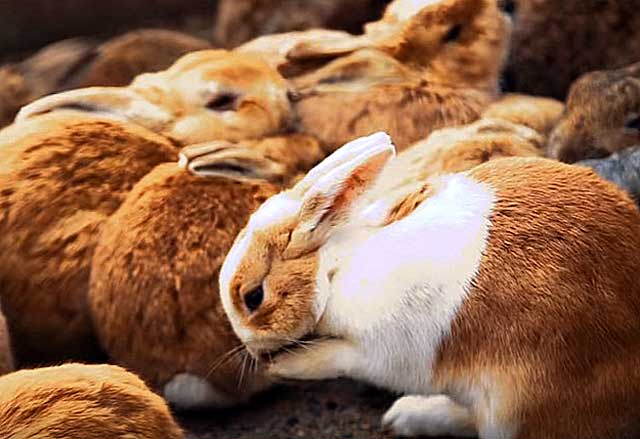
Before purchasing, you should carefully prepare: choose a place, purchase modules for maintenance, calculate and purchase feed. In addition, you will need to purchase special vitamin complexes and provide for routine vaccinations.
Keeping and breeding rabbits at home
Breeders pay special attention to catering. A well-designed diet allows the animal to quickly gain weight and build up valuable fur.
Feeding is organized according to a special schedule, taking into account the time of year:
- Summer. The ration is according to the formula: 30% concentrates, 30% green feed, 20% succulent feed, 10% coarse fiber.
- In the winter. The main part of the diet is compound feed, silage, warm mash and vitamin and mineral supplements are added to it.
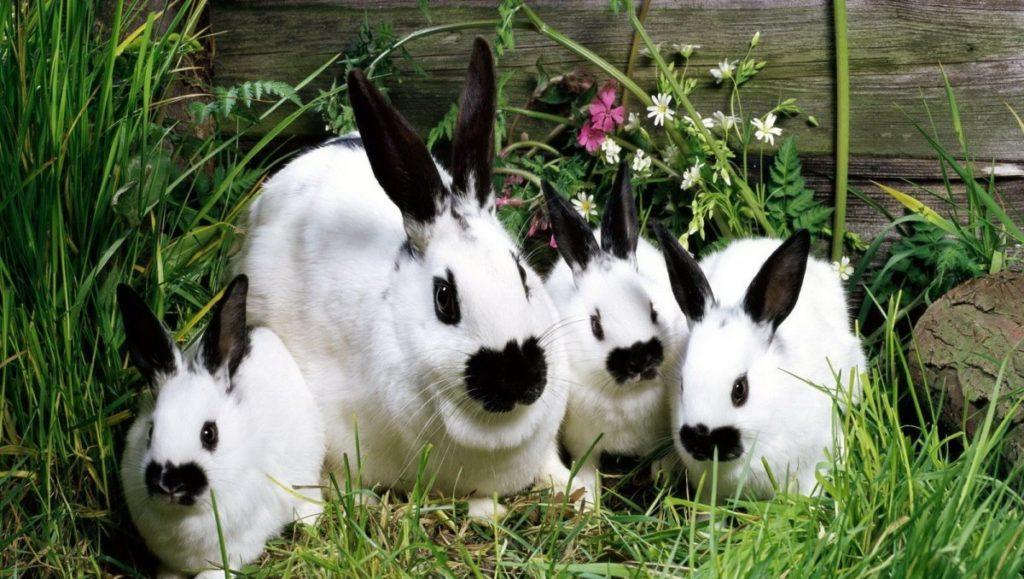
The first meal is set at 6 am. Rabbits are given food 3 times daily, this rule does not apply to young rabbits who are inseparable from their mother. At the same time, the need for drinking should be taken into account. Keep the drinker full throughout the day.
Rabbits are kept for breeding, so the mating process is one of the most crucial stages throughout the entire rearing process. The mating is carried out upon reaching puberty. In some breeds, it occurs at 3.5 months of age. But mating is not recommended before the female reaches 5 months of age.
Mating rules:
- the female reaches the period of sexual heat, when she begins to lose her appetite, pinch her own fluff;
- the female is brought to the male, all accessories are removed from the cage;
- the temperature regime, ideal for mating, is + 24-25 degrees;
- after mating, the male falls to one side - this is a sign that the female must be taken out of the cage;
- after 5 days, the female is brought back to the male and the behavior is observed: if the female avoids intimacy, then this is considered a sure sign of pregnancy.
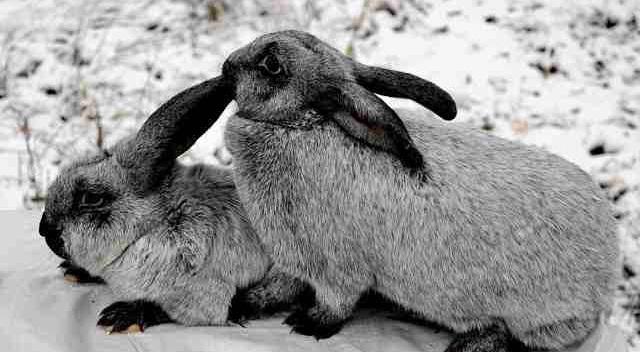
After pregnancy is diagnosed, it is necessary to move the rabbit into a special cage. She will bear offspring for 28-30 days. During pregnancy, the rabbit needs additional vitamins and minerals. Before giving birth, she begins to equip the nest, pluck out the fluff and cover it on the bottom of the cage. After the appearance of rabbits, breeders need to carefully monitor the health of the offspring. The young are left with the female until they reach 2.5 months of age.
Rabbits are susceptible to various infections, so preventive work to prevent diseases is a necessary care point.
One option is routine vaccination:
- upon reaching the age of 45 days - vaccination against hemorrhagic disease, revaccination - after 2 weeks;
- 2 months - vaccination against myxomatosis, revaccination - after 3 months.
Regular examination, analysis of behavior and appearance helps to determine in time if the rabbit is sick. If it shows signs of infection, then the animal must be quarantined. It should be remembered that vaccinations are given only to healthy individuals, therefore frail and weak animals are placed in quarantine conditions without fail.
